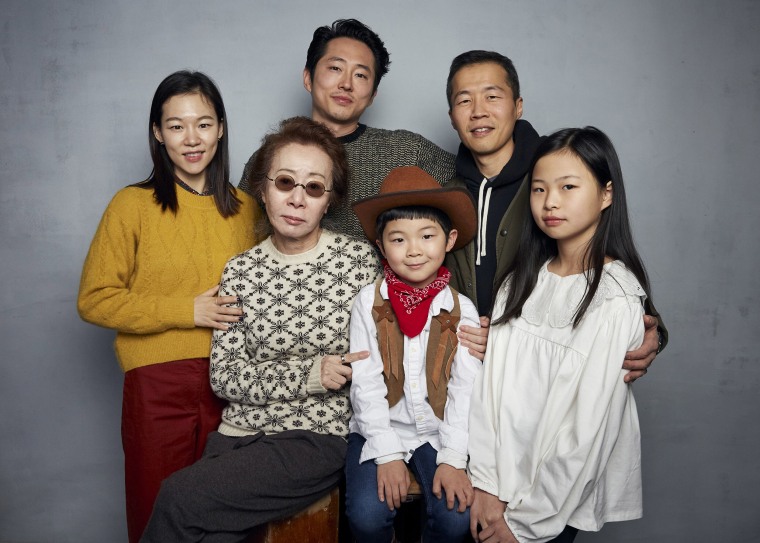Asian American representation in Hollywood increased significantly over the last 15 years, a new study by the University of Southern California shows. At the same time, progress has been stagnant for other underrepresented groups on screen.
The study, which analyzed 1,600 top box office films and 69,858 characters portrayed on films from 2007 to 2022, found that the percentage of Asian characters with speaking roles leaped from around 3% to nearly 16%. The number of white characters with speaking roles decreased, and all other underrepresented groups’ numbers remained unchanged.
“These trends suggest that any improvement for people from underrepresented racial/ethnic groups is limited,” Stacy L. Smith, a USC associate professor of communication, said in a news release. “While it is encouraging to see changes for leading characters and for the Asian community, our data on invisibility suggests that there is still much more to be done to ensure that the diversity that exists in reality is portrayed on screen.”
Also displayed in the study were the number of films that didn’t feature a single woman of color in a speaking role. It found that in 2022, 44 top box office films didn’t have any Asian girls or women, 99 lacked Native Hawaiian or Pacific Islander women, 61 didn’t feature a Latina and 32 didn’t feature a Black woman.
There was also only a marginal growth in female speaking characters, from 29.9% in 2007 to 34.6% in 2022.
“The lack of progress is particularly disappointing following decades of activism and advocacy,” Smith said.
Even with Asian characters gaining in numbers, Asian scholars and entertainment industry experts have spent years calling attention to how they are actually being portrayed.
A previous study of top grossing films from 2010 to 2019 revealed that almost half of all Asian roles serve as a punchline, though less than a quarter were comedic characters. When AAPI women appeared on screen, 17% were objectified and 13% were put in hypersexual clothing, more than their non-Asian counterparts.
It also showed that the vast majority of speaking characters were still in supporting roles.
“Hollywood is something that repeats what has worked before,” sociologist Nancy Wang Yuen told NBC News in 2021. “The early representation of Asians were just East Asians, and the stereotypes were the accent, the exotic, the villain. All those tropes have not changed for 100 years. So that’s why we have overrepresentation of the stereotype as well as the overrepresentation of East Asians [compared to other AAPIs], because Hollywood just reproduces itself.”

